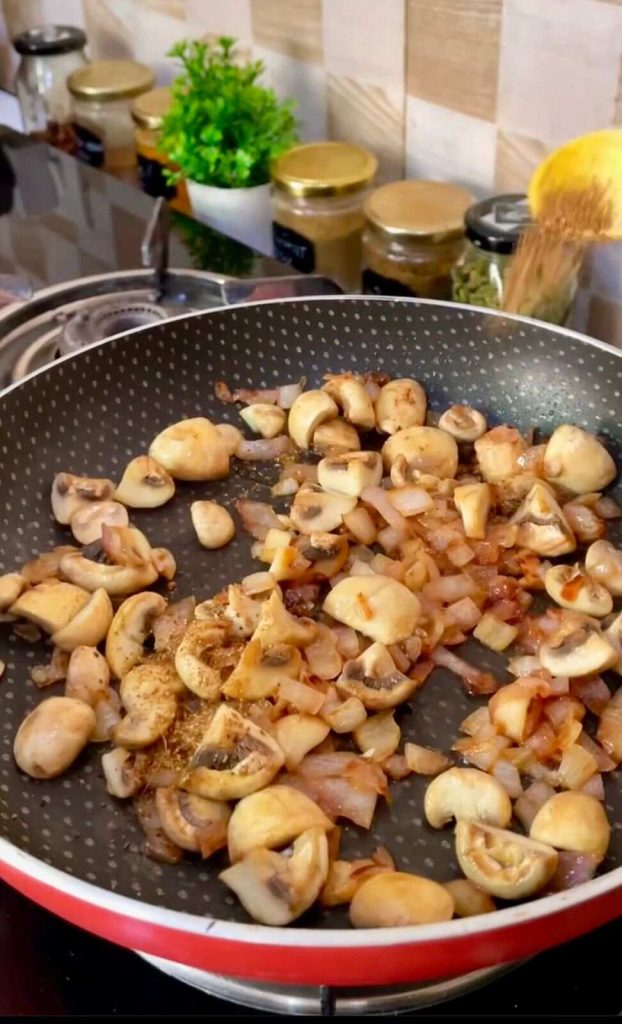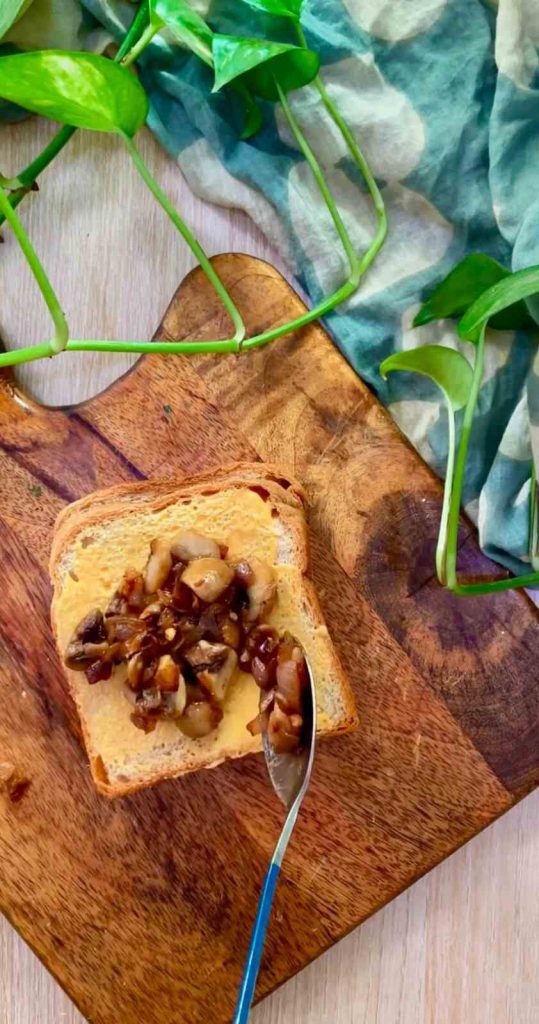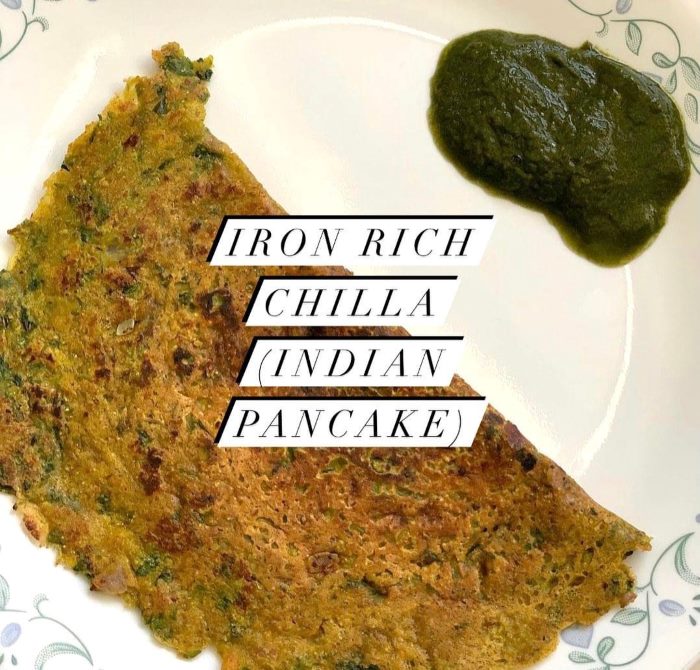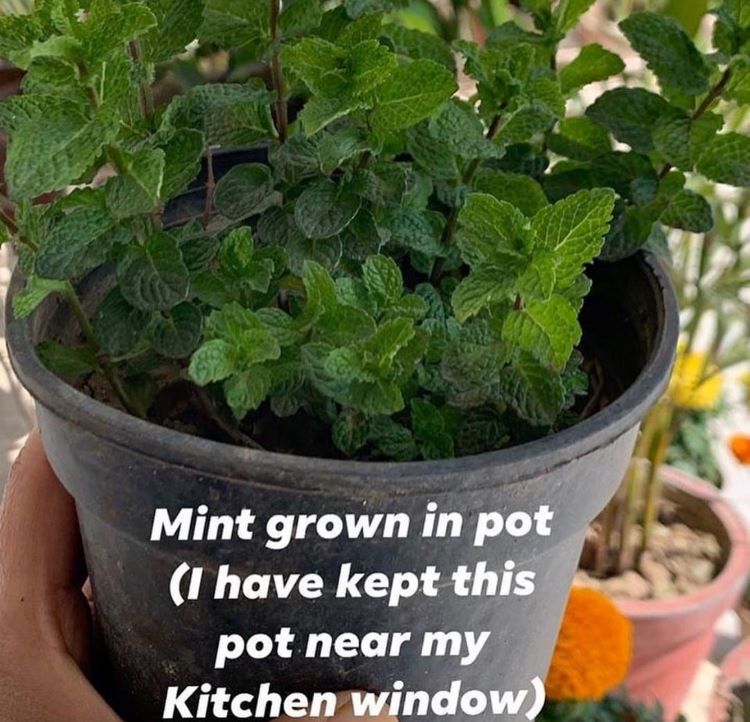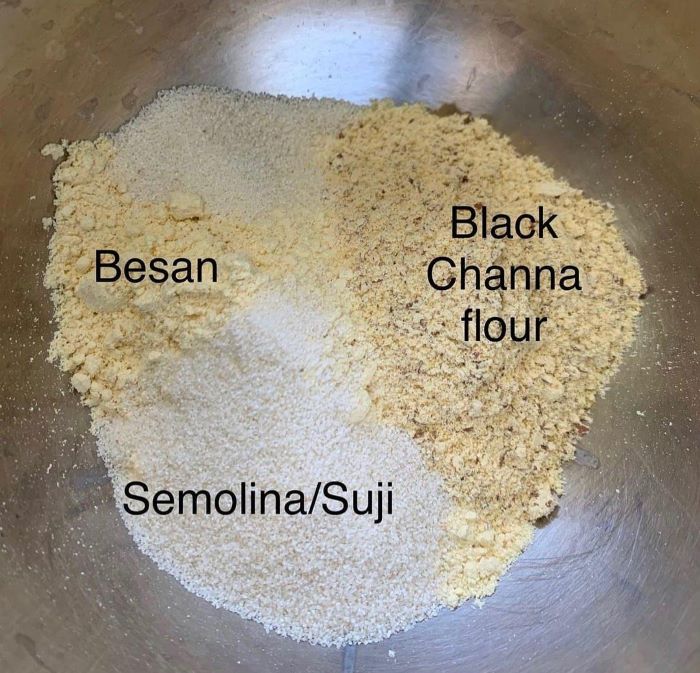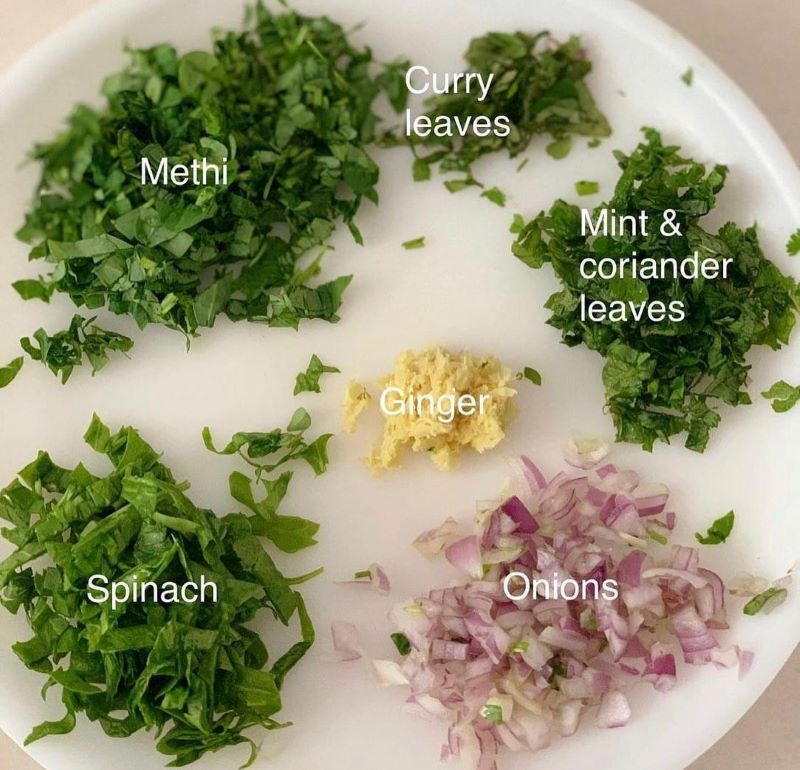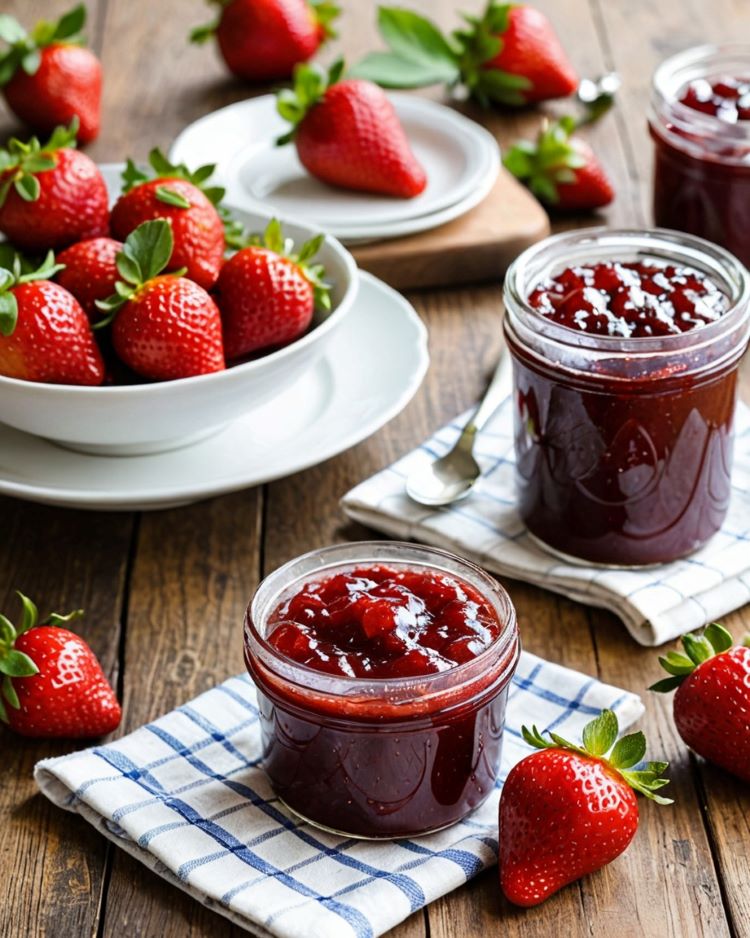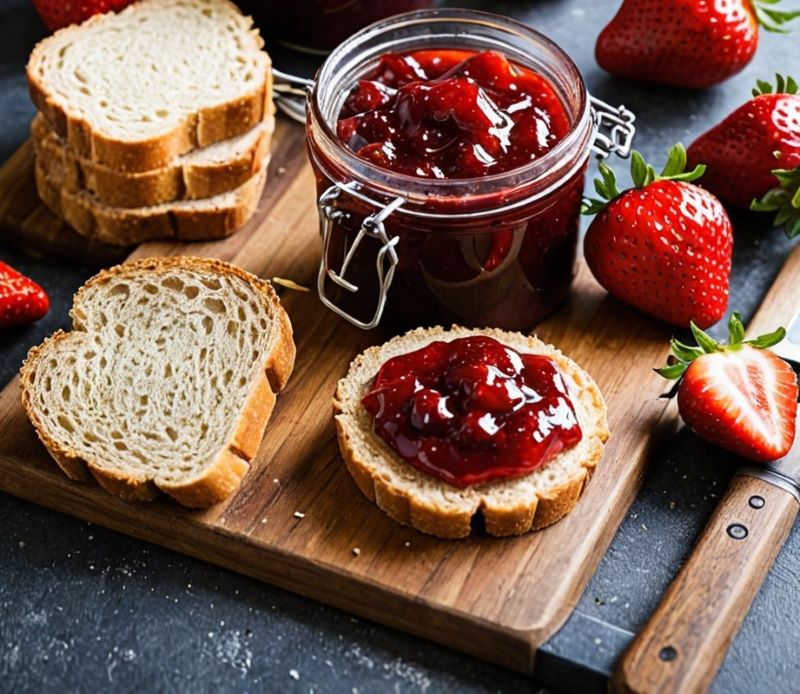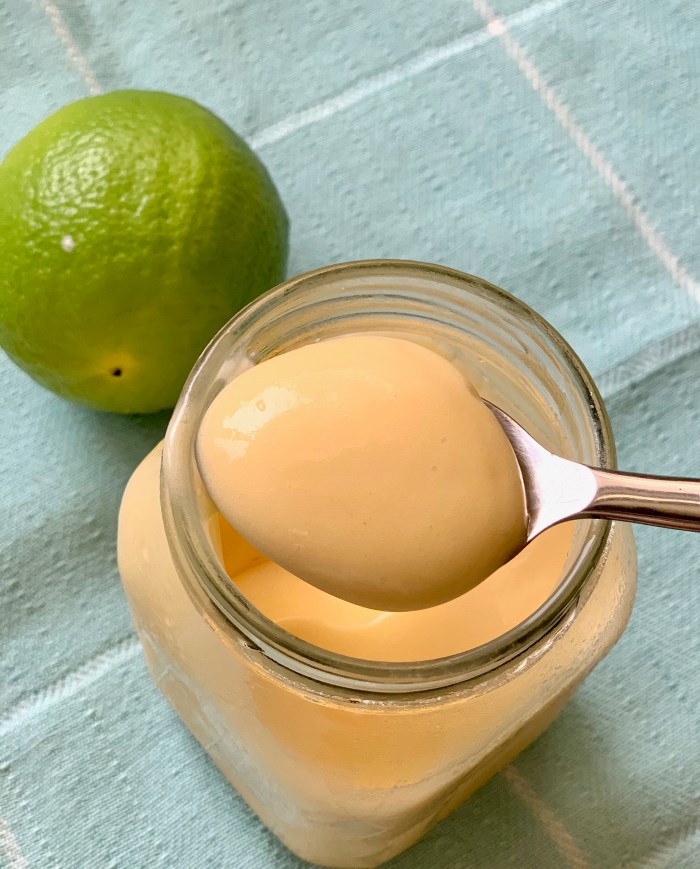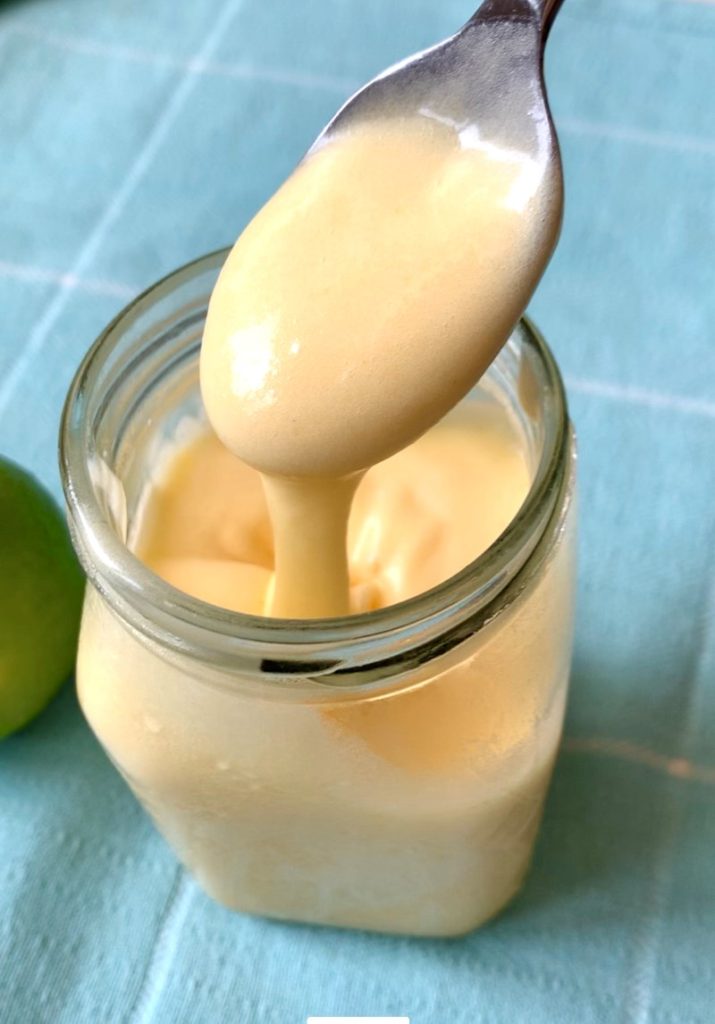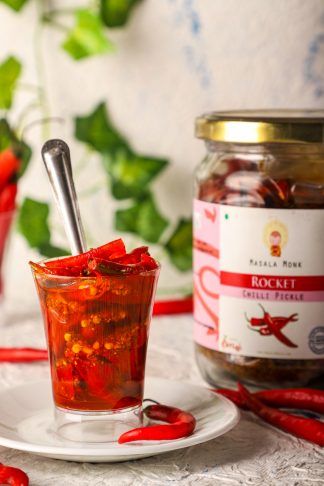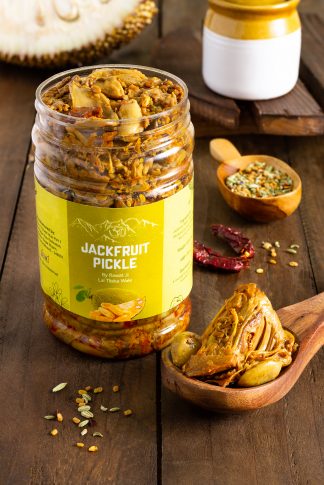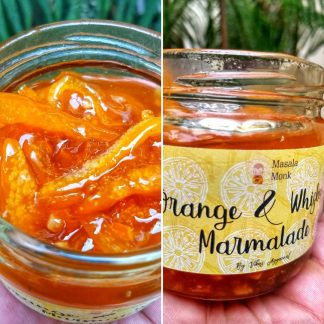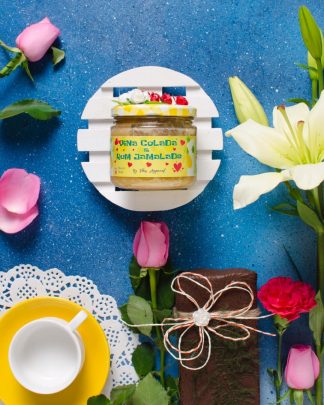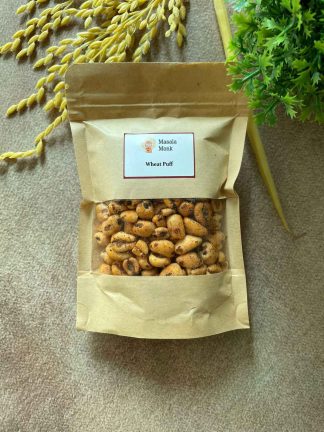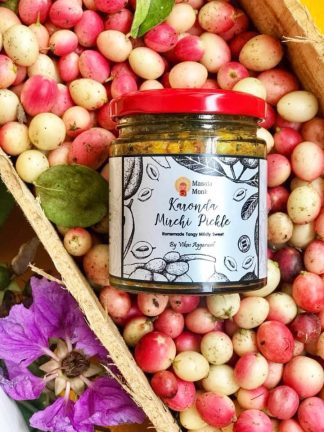
In an era where mental acuity is as coveted as physical health, understanding the profound impact of our dietary choices on cognitive function is more crucial than ever. Emerging research underscores a powerful truth: what we eat directly influences our brain health and mental performance. Let’s embark on a journey through the latest findings to unveil how you can nourish your brain for peak performance.
The Brain’s Building Blocks
Our brain, a marvel of nature, thrives on a diet rich in specific nutrients. Omega-3 fatty acids, antioxidants, vitamins, and minerals are not just food for thought—they’re the very building blocks of our cognitive processes. These nutrients support brain cell repair, neural growth, and the fight against cognitive decline, laying the foundation for a sharp and resilient mind.
Synergy in Nutrition: The Whole is Greater
The synergy between diet and cognitive health cannot be overstated. Nutrients like BDNF (Brain-Derived Neurotrophic Factor) illustrate how a balanced diet combined with physical activity catalyzes cognitive enhancement and synaptic health. Incorporating a variety of nutrient-dense foods into your diet can bolster brain function, protect against age-related decline, and even enhance mood and memory.
Navigating the Nutritional Landscape
Understanding the nutritional landscape is key to optimizing brain health. Here are practical guidelines to navigate by:
- Omega-3: The stars of brain health, found abundantly in fatty fish, flaxseeds, and walnuts, are essential for cognitive function and mood regulation.
- Antioxidants and Vitamins: Colorful fruits and vegetables, rich in antioxidants and vitamins, combat oxidative stress and inflammation, protecting the brain from damage.
- Complex Carbohydrates: Whole grains and legumes provide a steady supply of glucose, the brain’s primary fuel source, supporting concentration and mental endurance.
The Dark Side of Diet: Sugar and Processed Foods
While certain foods are brain-boosters, others, like processed foods and high-sugar diets, are culprits of cognitive decline. These foods can lead to energy spikes and crashes, mood fluctuations, and long-term detriment to brain health. Moderation and mindful eating are key strategies to mitigate their impact.
Cognitive Cuisine: A Sample Brain-Boosting Menu
To translate theory into practice, here’s a day on a plate designed to fuel your brain:
- Breakfast: Avocado on whole-grain toast topped with smoked salmon (rich in Omega-3s and fiber)
- Lunch: Quinoa salad with leafy greens, berries, nuts, and a citrus vinaigrette (packed with antioxidants and complex carbs)
- Snack: Greek yogurt with a sprinkle of chia seeds and honey (for a protein and Omega-3 boost)
- Dinner: Grilled chicken with broccoli and sweet potatoes (a balanced meal providing protein, vitamins, and antioxidants)
The Future Plate: Diet and Cognitive Longevity
As we look towards the future, the connection between diet and cognitive longevity becomes increasingly clear. A diet emphasizing whole foods, nutrient diversity, and natural ingredients is not just a recipe for physical health but a blueprint for a vibrant, active mind.
Engaging Mind and Body: Beyond Diet
While diet is paramount, integrating physical exercise, mental stimulation, and social engagement into your lifestyle can amplify the benefits to cognitive health, creating a holistic approach to well-being.
In Conclusion
The adage “you are what you eat” holds profound truth when it comes to brain health. By making informed, mindful dietary choices, we have the power to influence our cognitive health and performance significantly. Let’s embrace the mind diet, not just as a way of eating, but as a way of life, ensuring our brains are nourished, protected, and primed for the challenges and joys of life.
FAQs for “Brain Food or Brain Fog? What’s Really on Your Plate?”
1. What are the best foods for brain health?
Foods rich in omega-3 fatty acids (like salmon and walnuts), antioxidants (berries, leafy greens), and whole grains are excellent for enhancing cognitive functions and maintaining brain health.
2. Can diet really affect my mood and cognitive function?
Absolutely. Diets high in omega-3s, vitamins, and minerals can improve mood and cognitive function by boosting neurotransmitter activity and protecting against oxidative stress.
3. How does sugar impact brain health?
Excessive sugar intake can lead to fluctuations in blood glucose levels, affecting your mood, energy, and focus. Over time, it may also increase the risk of cognitive decline.
4. Are there specific nutrients known to improve memory?
Yes, nutrients such as omega-3 fatty acids, flavonoids, vitamins B6, B12, D, and E have been linked to improved memory and reduced risk of cognitive decline.
5. Is coffee good or bad for the brain?
In moderation, coffee can be beneficial due to its high antioxidant content and the ability to enhance alertness and concentration. However, excessive consumption may lead to negative side effects like jitteriness and sleep disruption.
6. How often should I include brain-boosting foods in my diet?
Incorporating brain-boosting foods into your daily diet is ideal. Aim for a balanced diet that includes a variety of nutrient-rich foods to support overall brain health.
7. Can a healthy diet prevent Alzheimer’s disease and other forms of dementia?
While no diet can completely prevent Alzheimer’s or dementia, a healthy diet rich in omega-3s, antioxidants, and vitamins can significantly lower the risk or delay the onset of cognitive decline.
8. What’s the role of hydration in brain health?
Staying hydrated is crucial for maintaining optimal brain function. Dehydration can lead to difficulties in focusing, memory, and cognitive performance.
9. Are “brain supplements” necessary for cognitive health?
A balanced diet is generally sufficient for most people. However, some may benefit from supplements, especially if they have dietary restrictions or deficiencies. Consult a healthcare provider for personalized advice.
10. What is a simple first step to eating for brain health?
Start by integrating more omega-3-rich foods, fruits, vegetables, and whole grains into your meals. Small, consistent changes can lead to significant benefits for brain health over time.
Blog Tags
brain health, cognitive function, omega-3 fatty acids, antioxidants, sugar impact, memory improvement, hydration, brain supplements, Alzheimer’s prevention, balanced diet

